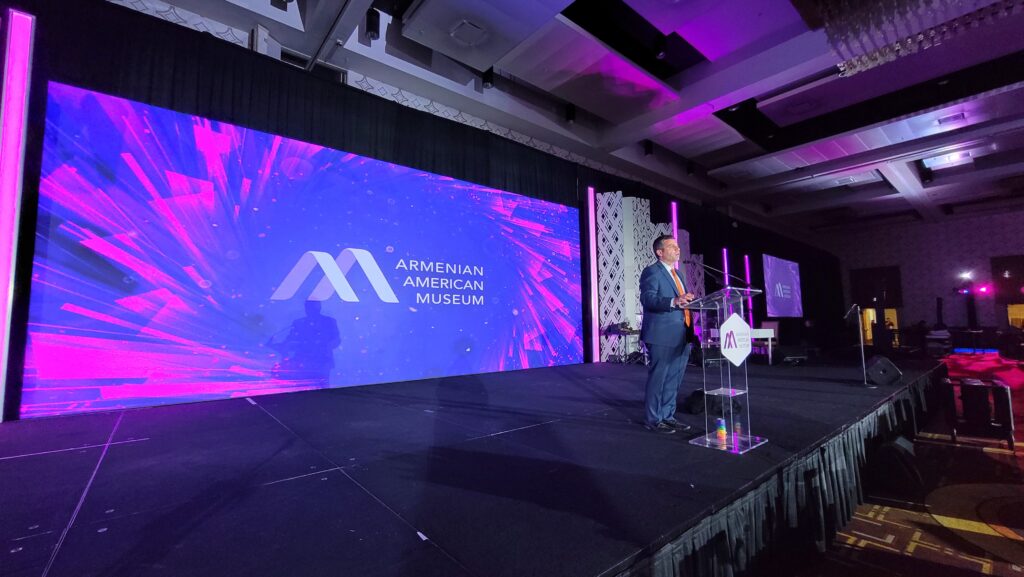Explaining LED Wall Surface Luminance Measurements aiming at Peak Visual Performance
Explaining LED Wall Surface Luminance Measurements aiming at Peak Visual Performance
Blog Article
Light Emitting Diode panel screens have become more and more popular across different environments, including residences and businesses as well as communal areas. Such panels are recognized for the vivid as well as dynamic visuals, which render them ideal for communicating data, advertisements, and entertainment. However, understanding the illumination levels for Light Emitting Diode wall panels is crucial to ensuring optimal display efficacy. Illumination can be measured in units called nits, which indicate how much luminosity produced by the screen. The higher the quantity in candelas, the brighter the visual is. For instance, instance, one screen boasting one thousand candelas is considerably more vivid compared to a with 500 nits, rendering this one better equipped for well-lit environments.
As you selecting an LED wall panel, it becomes crucial in take into account the environment in which it will be used. In well-lit illumined spaces, like retail environments and open-air settings, a higher brightness level is necessary to ensure visibility. On the other hand, within dimmer settings, like cinemas and meeting spaces, lower diminished illumination rate might be adequate. This is because excessive bright unnecessary luminosity within an dark environment can result in viewer discomfort among the audience, making them more difficult for concentrate with a screen. Thus, comprehending specific particular needs of the installation location can help in choosing the right illumination rate to ensure ideal viewing experience.
A further important element for take into account the contrast contrast ratio of the LED wall panel. This ratio measurement indicates how much disparity exists between the brightest white and the black shade which a screen can create. An greater differential ratio means that the display can present greater detail as well as richness, thereby enhances overall visual clarity. For example, a panel with an differential proportion at ten thousand to one is check able to display images featuring greater brilliant colors and sharper details than a with a proportion at one thousand to one. Such becomes particularly important when showing visuals and videos that require greater definition and detail, including slideshows and promotional content.
Moreover, the technology mechanism behind LED wall screens has an crucial role in their brightness and total efficiency. Different types in Light Emitting Diode methods, such as OLED as well as Liquid Crystal Display, possess distinct traits which impact how luminosity is perceived. OLED screens often offer better differential as well as deeper shades, thereby may improve the viewing experience within dim environments. On the other hand, standard Light Emitting Diode panels may prove to be better for bright environments because of the ability for generate greater levels in illumination. Understanding these tech-related variances will guide users to deciding on informed choices according to their specific requirements.
In conclusion, regular care and adjustment for LED panel panels may help maintain ideal brightness and efficacy over time. Dust as well as dirt can build up on a screen, affecting its illumination and sharpness of the visual. Periodic cleaning as well as professional adjustment may guarantee the the check this site out panel functions at top optimal, providing uniform image quality. Moreover, some sophisticated Light Emitting Diode wall screens come with integrated options that enable users to modify brightness settings and hue adjustments according to individual wants. Through taking such steps, operators can ensure the their Light Emitting Diode wall screens provide an best visual efficiency, no matter the setting in that these are used.